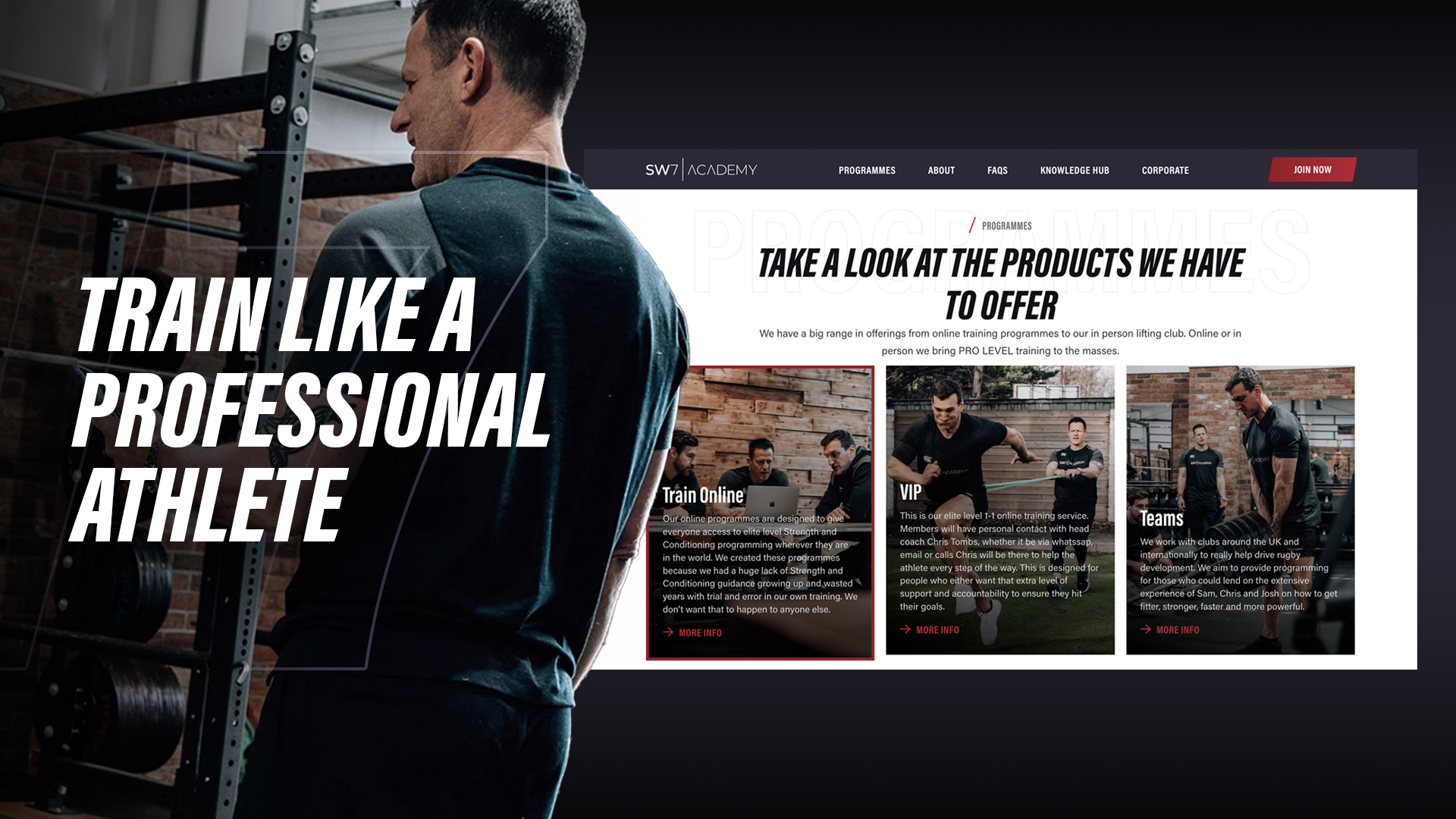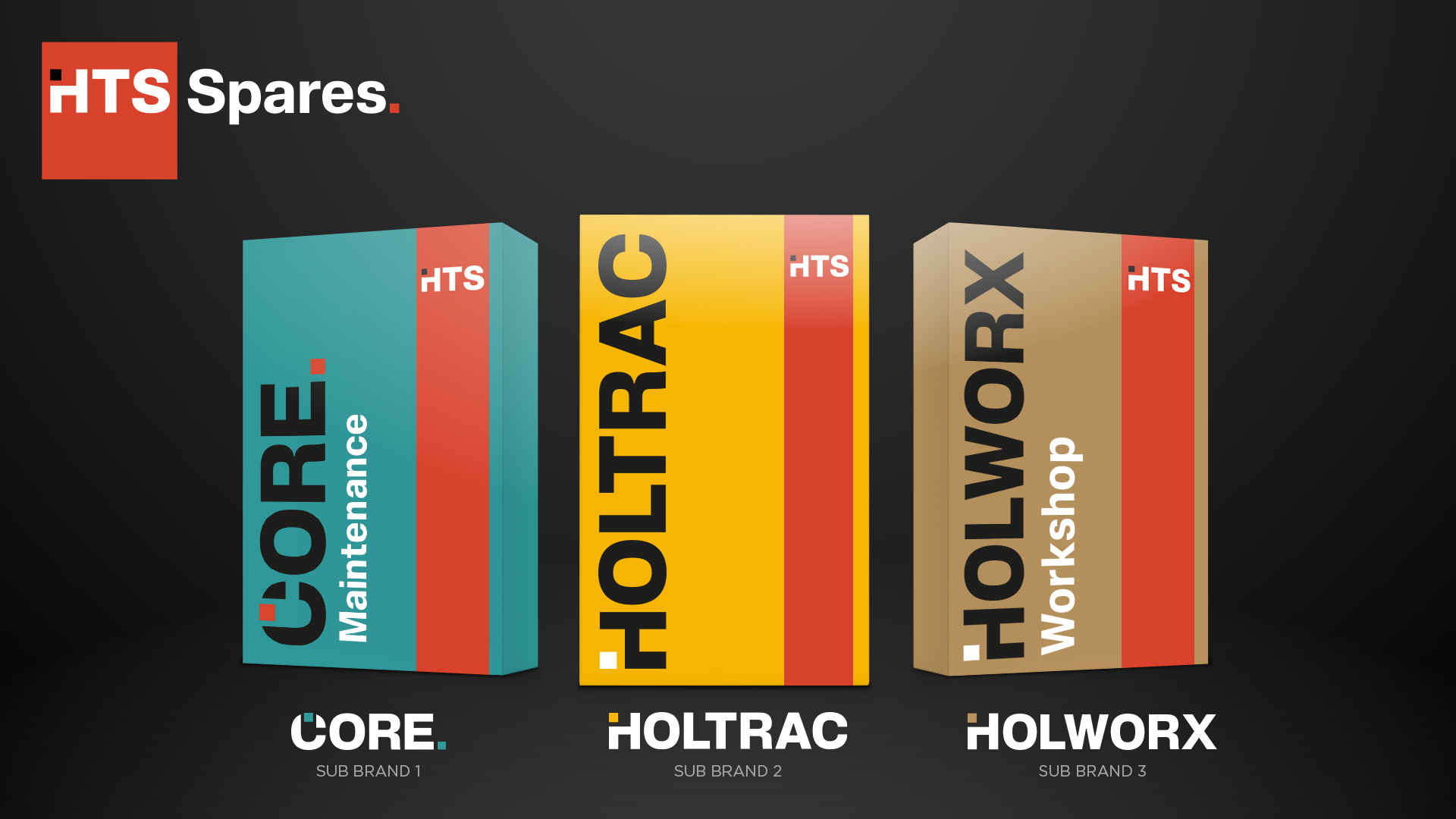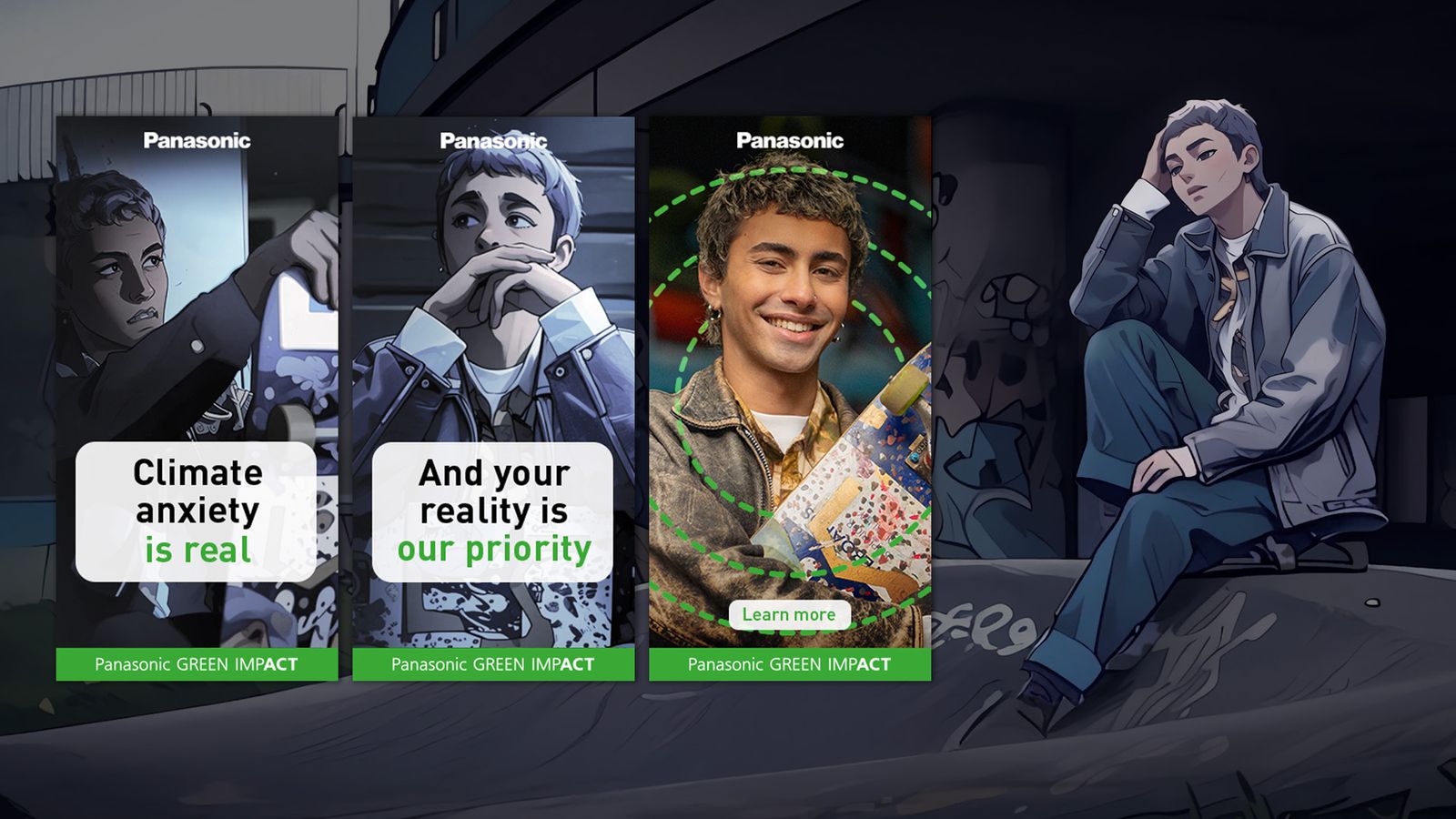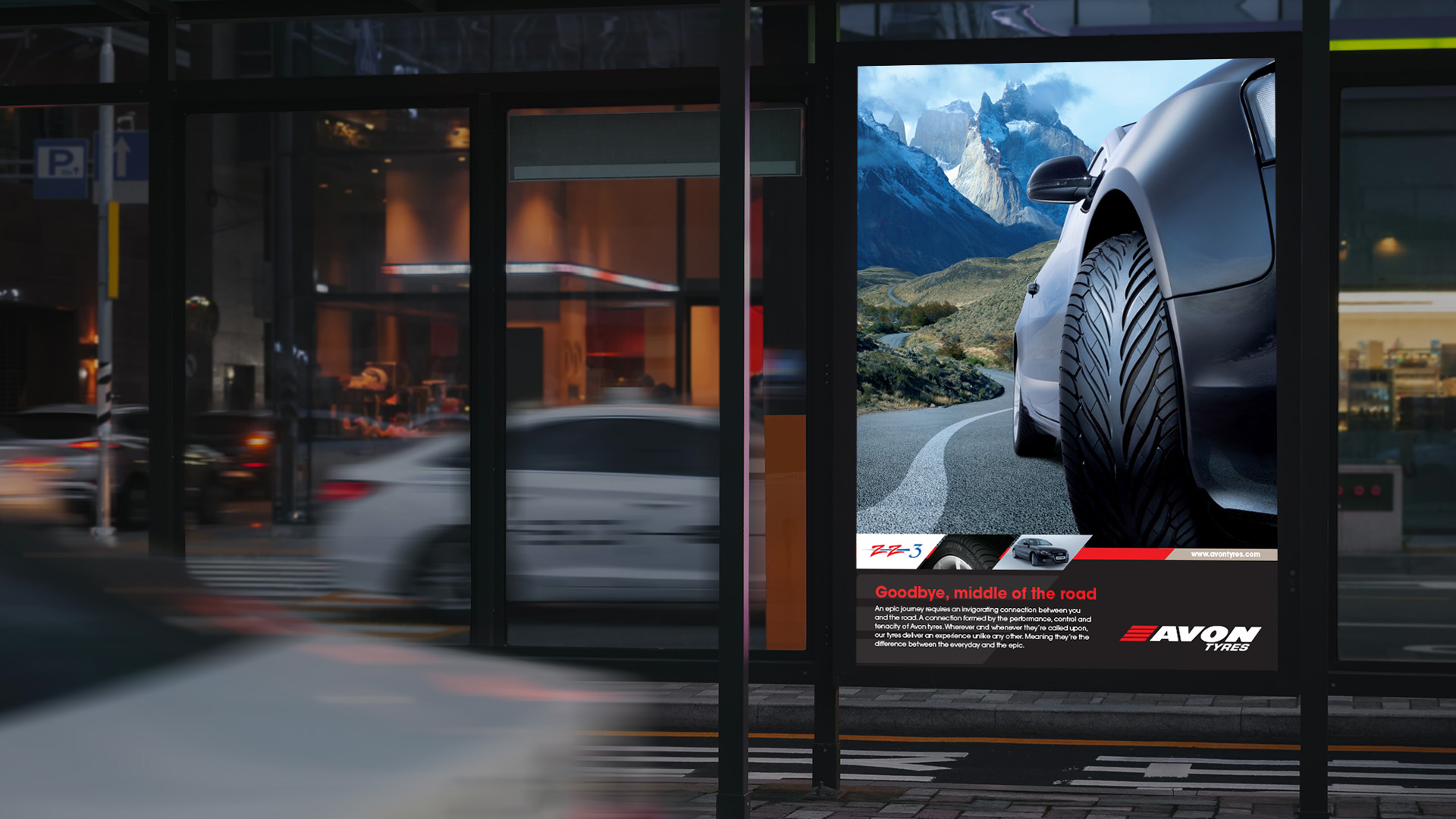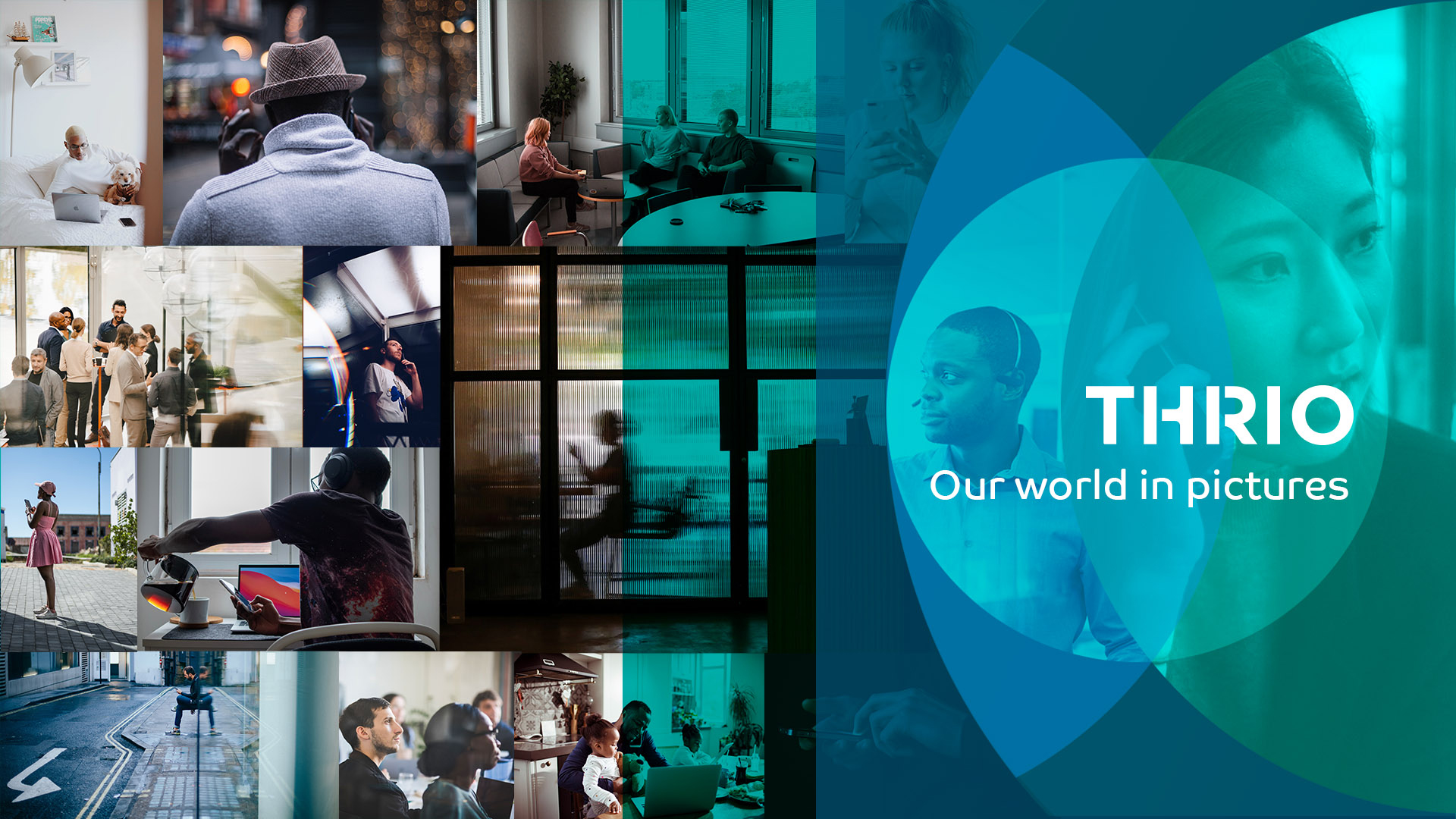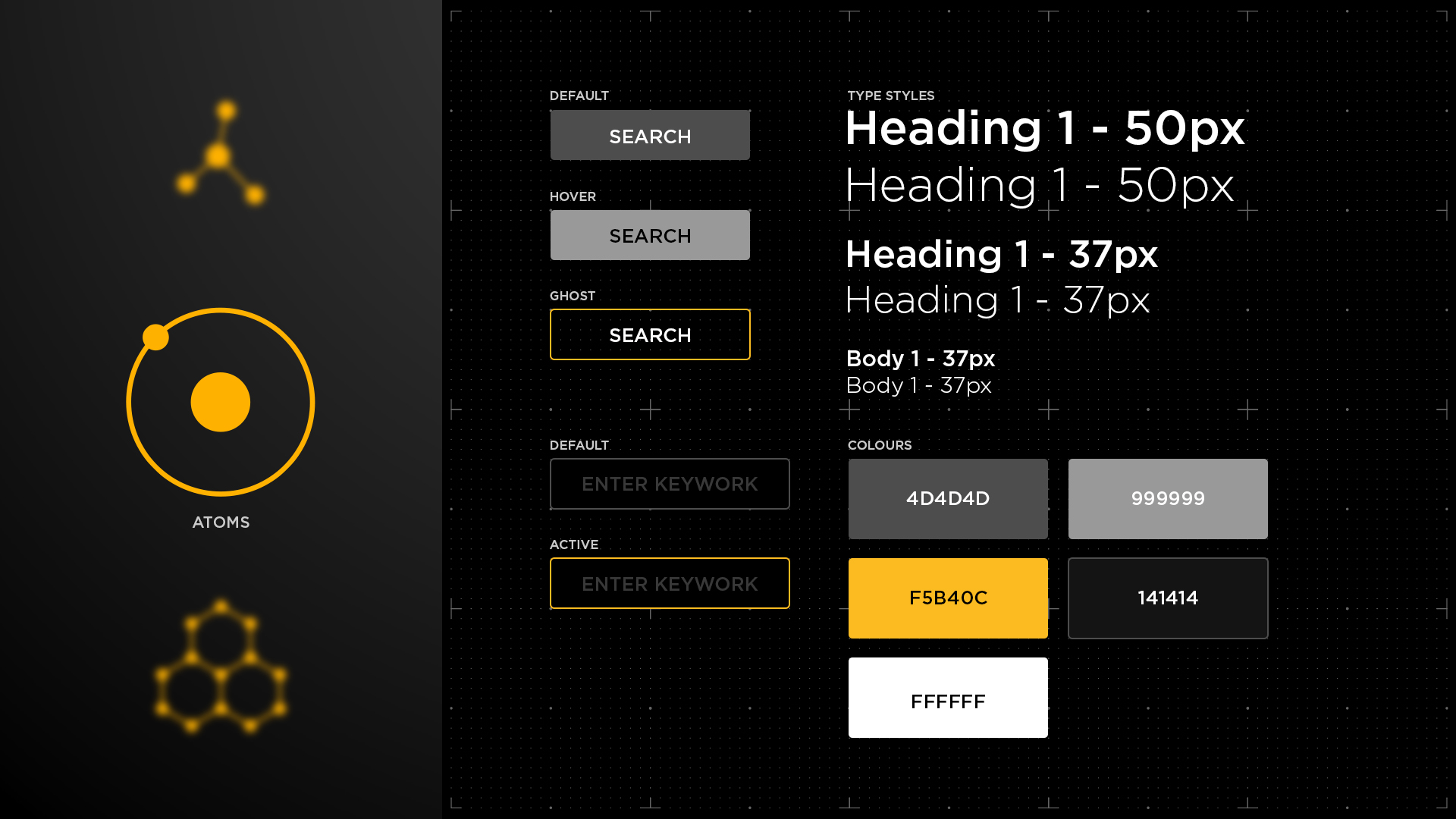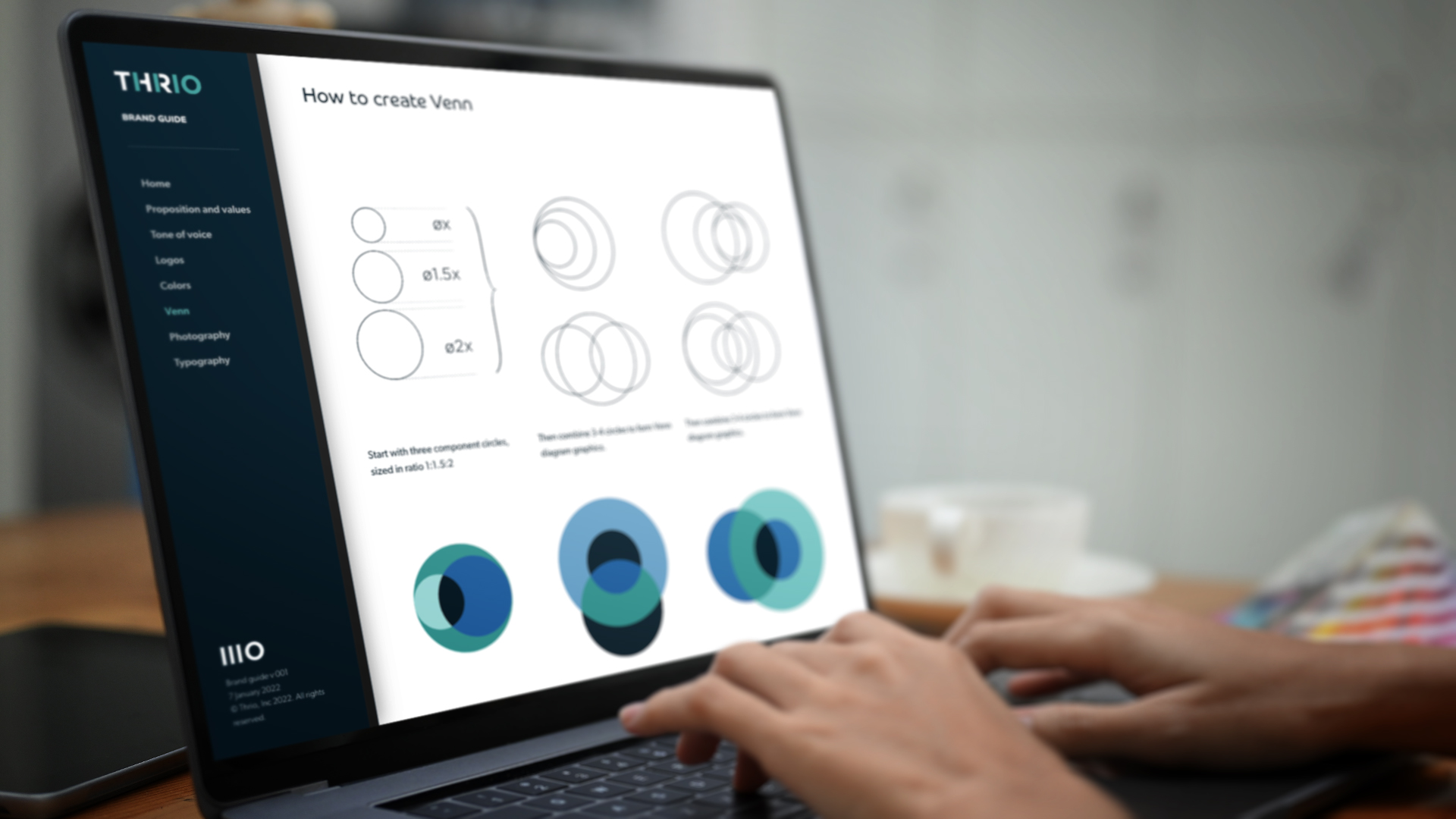
The bit of branding everyone forgets (until it breaks)
When we talk about brand, technology isn't generally the first thing that springs to mind. It’s more often considered to belong to the realm of "creatives".
Without touching on the creativity required to imagine and build modern apps and services, we’ll dive into why using technology correctly is crucial to a brand’s success.
It’s so ubiquitous in our working lives that we can easily grasp it would be key to creating a brand. But we might be less clear on how it can ensure continuing business growth and prosperity.
I’ll start with a grandiose analogy: technology is to brand what organisation was to the Roman Empire. It’s the force that enables scale, structure, and innovation but when poorly managed or overstretched, it can just as easily lead to cracks, chaos, and collapse. Essentially, technology can amplify a brand in both positive and negative ways.
Let’s push this idea a bit further by looking at some positive and negative examples of technology on branding.
“Technology is to brand what organisation was to the Roman Empire. It’s the force that enables scale, structure, and innovation but when poorly managed or overstretched, it can just as easily lead to cracks, chaos, and collapse.”
Positive impact
"Speak clearly, if you speak at all; carve every word before you let it fall" - Marcus Aurelius
These words ring true for every good brand operating today. What you say matters. But so too does how you say it - and crafting and broadcasting brand messages, communicating brand personality and demonstrating brand principles are all enabled through skilled use of technology.
It's often helpful to look at brands in terms of component parts, something we love doing in the tech space! Let’s consider a brand as having a physical and non-physical presence.
In the physical space we have tangible written, visual and auditory assets. In the non-physical space we have considerations including how people experience the brand, how the brand behaves, and how it’s represented by the people behind it.
When it comes to physical spaces (like stores, packaging, or printed materials), technology helps make sure our brand assets (such as logos, images, and messaging) are used correctly, consistently, and delivered quickly. It’s about making sure that wherever our brand appears, it looks and feels exactly as we intended, without delays or mistakes. No brand wants to keep a customer waiting just to see its logo load –that's not a good experience, and it doesn’t reflect well on the brand.
We can achieve speed and uniformity through:
- CMSs (Content Management Systems): Platforms to deliver your brand identity and messaging through information and promotions.
- Style guides and pattern libraries: Collections of branded design elements that ensure consistent reuse of brand and brand assets across websites and other digital systems.
- DAMs (Digital Asset Management Systems): Systems for storing, distributing and governing digital brand assets.
- CDNs (Content Delivery Networks): The real-world proximity of a server to the end user directly affects the speed at which your assets will be presented. These systems are designed to locate the closest possible physical server to your end user.
- Marketing hubs: Systems designed to provide branded marketing assets, guidance and training to brand partners, distributors and other interested parties.
In non-physical spaces we're really talking about enabling anyone representing our brand to do so in line with our expectations. Technology enables this by providing ways to up-skill and support them. Learning tools, managed communication systems, asset management and Tone-of-Voice documents are all possible options.
We can achieve this through:
- LMS (Learning Management Systems): Systems to create, deliver and track the completion of learning resources.
- Scripted call-centre systems: Smart systems that guide operatives through various topics based on the real-time conversation they’re involved in.
When these systems are properly implemented and effectively managed, we can create a robust, well-oiled machine that ensures our brand is strong across all digital touchpoints.
Negative impact
Customer service used to be about direct human connection with the customer. Nowadays, the number of touchpoints between customer and brand has grown, and many of them are digital. It's perhaps for this reason that we're seeing a shift in terminology from 'customer service' to 'customer experience'.
We all know poor customer experience is detrimental to a brand. I'm sure we've all sworn off a company after a bad interaction, and possibly still warn others off said company to this day.
So, because no story would be complete without a cautionary tale, let's have a look at Ticketmaster. The global purveyor of live entertainment suffered some serious brand damage at the hands of technology…
"He who is not a good servant will not be a good [Ticket]master" - Plato
It’s November 2022. Having selected Ticketmaster as her exclusive ticket-sales partner, Taylor Swift is set to launch pre-sales of the US leg of her Eras Tour –one of the most highly-anticipated tour launches in history. Scores of fans were hoping for an unforgettable experience. And they got one.
Website outages, fans being booted from queues, cancelled sales and the resulting Twitter storm of frustration from panicked Swifties – not Ticketmaster’s finest moment:
Despite the fact Ticketmaster helped Ms. Swift sell 2.4 million tickets in one day (an all-time record) the resulting bad blood has left it with a reputation for incompetence, poor planning and bad implementation. A stark warning about the blow poor technology can deliver to a brand.
What will people remember about Swiftie Ticketmaster-gate? Incompetence, technology failures and a terrible customer experience.
What will no one remember? That it helped sell 2.4 million TS tickets in one day – an all-time record.
Still think tech shouldn’t be built in to a brand?
As if the reputational nose dive wasn’t bad enough, the blunder kicked off a series of events resulting in a class action lawsuit brought by Swift fans, and a Federal antitrust investigation into monopolistic practices.
In addition, parent company Live Nation suffered a 17% slide in stock valuation in the two weeks following the incident. Ouch!
Parent company Live Nation suffered a 17% slide in stock valuation in the two weeks following the incident.
Scale, scale, scale!
Let's cut Ticketmaster a little slack and have a look at the heavy site traffic they experienced thanks to the astronomical demand from Taylor Swift fans.
Around 3.5 million users registered for the pre-sale programme. That’s a lot but compare it with Google's 18.11 billion visitors in December 2022 (figures according to Semrush). A little calculation shows that the infrastructure in place at Google would likely have dealt with this demand easily. And probably does daily.
Yes, Ticketmaster experienced high traffic in comparison to their usual figures, but disaster was avoidable. I don’t work for Ticketmaster, so have no insight into where the failing was, but it seems the team responsible for setting up the autoscaling rules had underestimated the potential impact of this type of incident.(Autoscaling is the ability to automatically add or remove computing resources, i.e. servers, according to the volume of traffic.) The cost of adding extra resources to cope with the load would have been pence on the pound against the cost of the damage.
Brand-technology takeaways
Brand is dependent on technology. It requires it to live, breathe and survive.
If you’re responsible for your brand, you need to understand the myriad ways technology can help it grow and develop. But just as importantly, you need to understand the technology options at play in your world and what unique risk-management considerations they might represent.
I’ll finish with this: technology is fire, it can light your way, bring your brand out of the stone age and provide safety. But don’t drop the match or it’ll burn your house to the ground!
Need help building your brand?
Whether you need advice or support with positioning, visual identity, a digital refresh, or all of the above, we’re here to help. Get in touch and book a free consultation today.
Email: marketing@proctorsgroup.com
Phone: +44(0)117 923 2282







